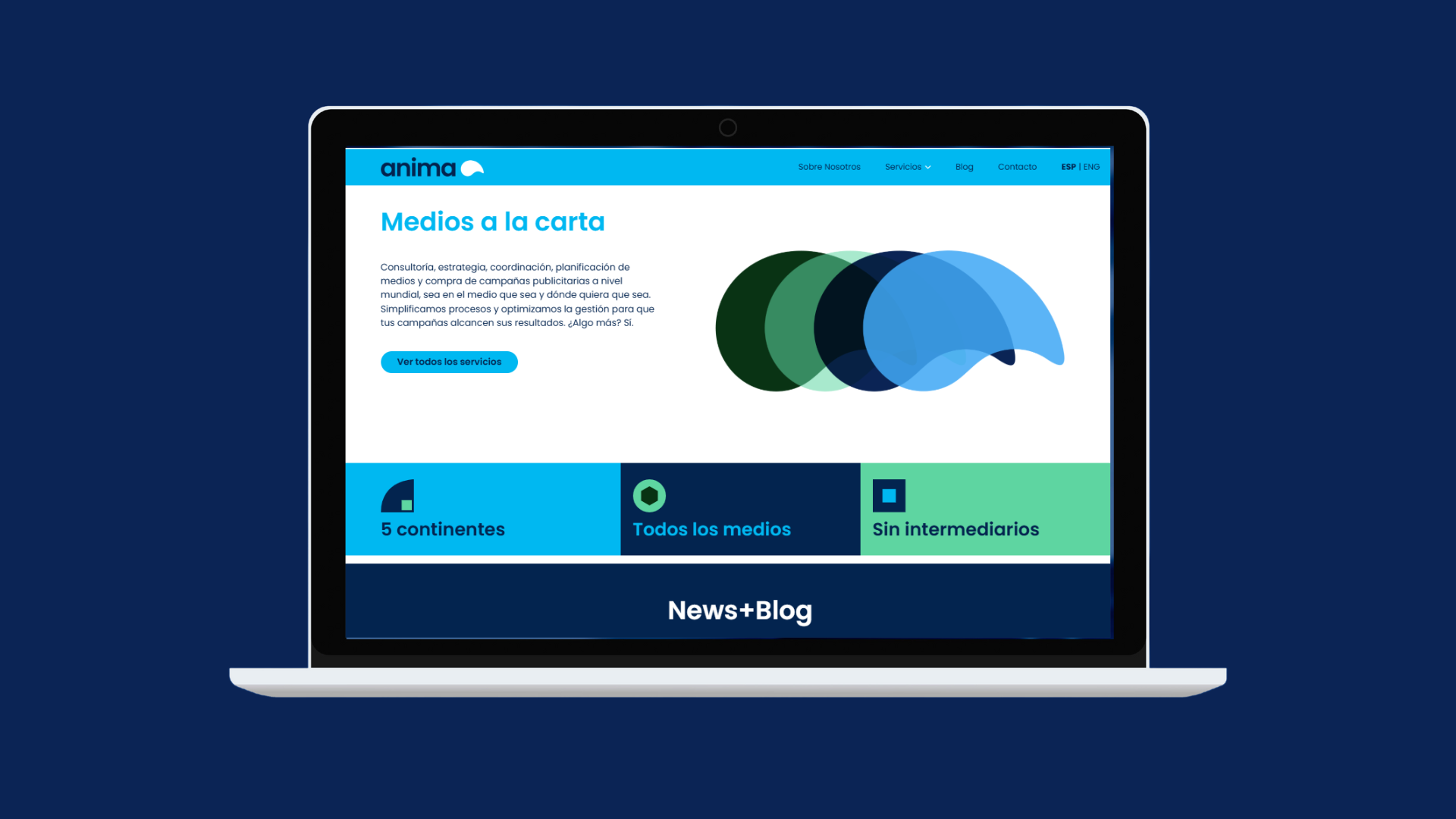

January, 2025
In the competitive world of digital advertising, every click matters. Brands and advertisers are constantly seeking methods to capture users´ attention and improve campaigns´ performance, trying to stand out amid the vast competition in this channel. In this case, eye-tracking technology can be a great ally for agencies and advertisers trying to get the most out of their clients' campaigns.
Next, we will explore how eye tracking can increase click-through rates of digital campaigns and optimize their return on investment.
What is Eye Tracking?
Eye tracking is a technology that uses cameras and sensors to track eye movements and determine which parts of a screen the user's gaze is fixed on.
It provides valuable data about their visual behavior and allows advertisers to better understand what attracts and retains attention on a digital interface.
Benefits of Eye Tracking in Digital Advertising
The benefits of using the information that eye-tracking techniques can provide in the field of digital advertising are numerous. Among the most prominent are:
1. Optimization of Ad Design:
One of the main benefits of eye tracking at the digital level is the ability to visually optimize ads. By understanding which components of an ad attract the most attention, designers can adapt the arrangement of key visual elements, such as logos, calls to action (CTA), and featured products.
This ensures that the most important aspects of the ad are the most visible and attractive, increasing the likelihood that consumers will click on the ad.
2. Precise Analysis of User Behavior:
Eye tracking provides a detailed and objective view of how users interact with ads.
By knowing exactly where users look and for how long, advertisers can identify which parts of an ad work well and which do not, allowing for precise adjustments to improve performance, both creatively, and in terms of location and/or copy or CTA.
3. Improvement of Engagement and User Experience:
By analyzing eye-tracking data, the user experience can be improved by adjusting both the content and the interface to match natural reading and attention patterns.
This not only improves interaction with the ad but can also increase user satisfaction, which often translates into better click-through and conversion rates.
4. Validation of Advertising Strategies Before Launch:
Before launching a large-scale campaign, it is advisable to use eye-tracking techniques, as they allow various tests with focus groups, thus evaluating the effectiveness of different advertising approaches, creativities, or copies, among others, in the same way that famous A/B tests are conducted.
This helps identify the most effective elements of each ad, and adjust the strategy according to the data obtained, minimizing the risk of a large investment launch, and maximizing the return on the same (ROI).
If you want to know more about how eye tracking can benefit other advertising channels, don't miss our blog: How Eye Tracking Enhances Advertising Effectiveness and Media Planning.
Success Cases of Eye Tracking in Digital Advertising
Numerous case studies of different advertising cases have been able to demonstrate how eye tracking helps improve the effectiveness of digital ads.
Some examples are:
1. Optimization of Banners:
Analyses through eye-tracking technology have helped numerous brands redesign their advertising banners, placing key elements in the areas where users paid the most attention, achieving an increase in the number of clicks on these banners by more than 30%.
In a study conducted by Tobii Technology, the famous brand IKEA used eye tracking to assess the effectiveness of its online banners. The study focused on observing where users looked most frequently, later adjusting the layout of key elements such as offers and calls to action which resulted in a significant increase in the click-through rate, and an instant improvement in their online marketing campaigns.
In its efforts to optimize ads on its platform, the giant Google has similarly employed eye tracking to better understand how users interact with different ad formats. The findings allowed the company to better advise advertisers on how to improve the visibility of their ads and increase interactions, which resulted in notable improvements in click-through rates for ads redesigned according to these recommendations and an increase in the quality of Google's services as well as an improvement in user perception of their services.
2. Social Media Ads:
Various social media campaigns have used eye-tracking technology to adjust images and texts, ensuring that key messages were the first thing users saw, significantly increasing interaction and the reach of campaigns.
Among the many brands that have used this technology, Spotify was one of those that carried out an eye-tracking project to optimize their ads on social media, intending to promote new playlists. The company adjusted the position of the visual elements and the texts in the ads to align them with the natural patterns of user attention.
These changes, translated into a notable increase in engagement and click rate, contributing to an accelerated growth in the number of followers of their playlists.
In the same way, in a campaign designed to increase brand awareness on Facebook, Pepsi used eye tracking to assess the visual effectiveness of its ads. The insights collected helped the brand reorganize the visual components of its ads, prioritizing the logo and the main message at the beginning of the visual, ensuring that these elements captured attention first, which led to an increase in interaction and brand recognition.
Conclusion
Integrating eye-tracking into your digital advertising strategies not only improves the effectiveness of campaigns but also provides a significant competitive advantage.
By understanding and applying the insights provided by eye tracking, advertisers can create more engaging and effective ads that not only capture attention but also motivate users to act, increasing click-through rates and optimizing the return on investment.
Interested in This Technology?
If you are interested in how eye tracking can transform your clients' digital advertising campaigns, do not hesitate to contact us. Our team is ready to help you!